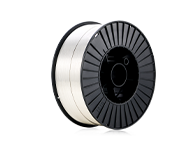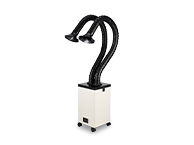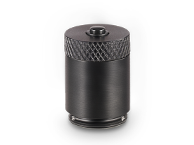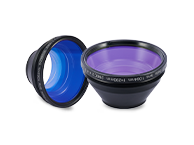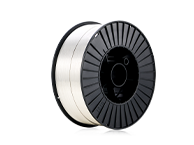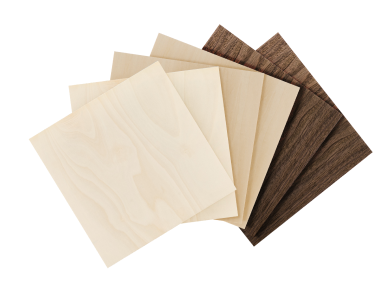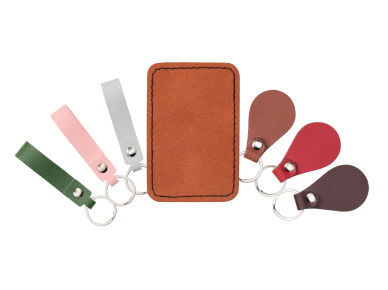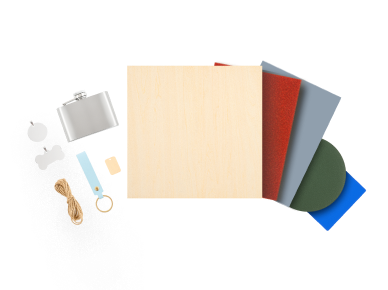How to Start a Craft Business: Stop Dreaming, Start Selling

Turning your crafting hobby into a business is one of the most rewarding things you can do. You get to make what you love, share it with people who appreciate handmade work, and maybe even earn enough that your hobby supports you. But crafting for pleasure and crafting to sell are different worlds—and making the leap takes planning, consistency, and smart decisions.
In this article, we’ll walk you through how to build a foundation for a successful craft business. This guide will cover everything from spotting what people want, to pricing, branding, selling, and scaling. Whether you’re dreaming of earning a small side income or building a full-time creative venture, these steps will help you get there!
1. Understand Your Market & Create Something People Will Buy

You love your craft—that’s essential. But to sell, you need to figure out what people want and what they’re willing to pay. Look at similar products on Etsy, Instagram, or local markets. Which styles or materials are getting lots of attention? What problems are you solving (e.g. custom gifts, home décor, functional items)? Make sure there’s demand before investing heavily.
Read more: OMTech Laser Business / User Stories
2. Pick a Niche & Define Your Unique Brand
“Handmade crafts” is too broad. What makes you different? If you do pottery, do you focus on mugs, bowls, or wall pieces? If you knit, maybe it’s chunky blankets or baby items. People tend to buy from brands that feel distinct. Develop your brand identity—name, logo, style, voice. Consistent visuals and messaging make your work stand out and look professional.
3. Pricing for Profit & Managing Costs
Many makers undervalue their time, materials, and overhead. To run a sustainable business, your price needs to cover:
-
Material costs
-
Your labor (hours you spent)
-
Packaging and shipping
-
Overhead (tools, workspace, utilities)
-
Profit margin
Don’t underprice just to compete. Transparency with yourself about cost and profit will help you stay in business long term.
4. Quality Product Photos & Presentation
Online shoppers can’t touch or feel your items. Good photos—clear, well-lit, consistent—are essential. Use simple backgrounds, natural lighting, and multiple angles. Show scale (e.g. hand or common object next to your item). Invest in packaging and presentation too: small touches like neatly-stamped labels or branded tags elevate perceived value.

5. Setting Up Selling Channels
Decide where you’ll sell: your own website, marketplaces like Etsy, local craft fairs, social media shops. Each has pros and cons (fees, audience reach, control). A website gives you full branding and control; marketplaces give you traffic. Often, most successful makers use more than one channel.
6. Build Customer Relationships & Marketing
Marketing isn’t optional. Engage people through social media, email newsletters, or even blogging. Share stories behind your creations. Show progress, behind-the-scenes, and your personality. Offer excellent customer service—quick responses, clear policies, and good packaging help you build trust. Encouraging repeat customers and word-of-mouth can be as powerful as paid ads.
7. Make Reproducible Products
You’ll grow faster if you can repeat your bestsellers efficiently. Products that require many custom time-intensive steps may limit your scaling. Balance unique items with some designs that you can recreate well. This frees up time and allows consistent delivery.
8. Stay Organized & Plan Ahead
Running a craft business means more than making things. You’ll need:
-
Systems for inventory and supplies
-
Tracking expenses and revenue (keep good records for taxes)
-
Setting goals (monthly sales, new product releases)
-
Managing your time—making vs marketing vs shipping
Organization keeps you from burning out or letting orders pile up.
9. Legalities, Licenses & Branding Protections
Make sure your business structure is legit: register your business name, check local licenses or permits, get tax IDs or seller’s permits if needed. Protect your brand: check trade names, get good photos and logo design, and consider how you’ll handle returns or warranties. These build credibility and avoid legal headaches later.
10. Be Patient, Adapt, and Grow
Success rarely happens overnight. Be ready for ups and downs. Track what works—what designs sell, which marketing channels drive traffic, what costs are eating into profit—and adjust. Sometimes iterate on your product design, brand voice, or sales strategy. Stay open to learning and refining.
Scaling with the Right Tools
Once you’ve built your small business foundation, the right tools can help you level up. That’s where machines like laser engravers, embroidery machines, and other DIY tools and equipment come in. They allow you to add personalized touches, produce products faster, cut precision materials, offer custom engraving on wood or metal—all of which increase product value and allow you to stand out.
For example, adding laser engraving might enable you to launch a line of custom gifts or signage with high margins. Embroidery machines let you offer custom patches or apparel. These tools require investment, but for many makers they pay off by increasing capability, product variety, and professionalism.
Final Thoughts
Turning your crafting hobby into a business is both exciting and challenging. It takes creativity, discipline, and a willingness to keep learning. Start small with a niche, get your brand and pricing model right, present your products well, and treat customers kindly. Over time, consistency, quality, and smart tools can make the difference.
If you’re ready to take the next step and scale your business, check out OMTech’s line of laser engravers. They’re designed for crafters at every level—from beginner to expert—and can help you craft, personalize, and grow with confidence.



















